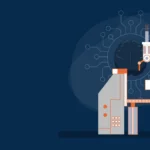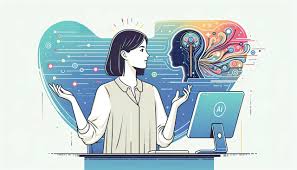In recent years, artificial intelligence has revolutionized industries, including graphic design. Tools capable of creating images from text prompts have emerged as powerful and accessible options for creators. With AI-driven platforms gaining traction, some wonder if traditional graphic design methods are becoming obsolete. Are AI-generated images truly the end of an era, or do they mark the beginning of a complementary coexistence?
The Rise of AI in Design
AI tools like MidJourney, DALL-E, and others have democratized creativity. Even those without artistic backgrounds can now create stunning visuals with minimal effort. By simply inputting descriptive prompts, users can generate professional-grade images in seconds. For instance, searching for an AI image generator from text free options yields numerous platforms offering sophisticated capabilities at no cost.
This convenience is reshaping the creative process. Businesses no longer need to wait weeks for custom graphics; they can have tailored visuals instantly. However, this raises the question: where does that leave traditional designers?
The Value of Human Creativity
While AI tools are efficient, they lack the nuance and emotional intelligence of a human designer. Graphic design is more than creating aesthetically pleasing images—it’s about communicating ideas, values, and emotions. A seasoned designer brings cultural context, storytelling ability, and a deep understanding of brand identity to their work, elements that AI struggles to replicate.
For example, while AI can generate multiple variations of a logo based on textual input, only a human can interpret subtle feedback and refine the design to resonate with a target audience. This is where traditional graphic design retains its edge.
When to Use AI-Generated Images
AI-generated images are particularly useful for tasks like:
- Rapid Prototyping: Quickly visualizing concepts before full-scale production.
- Social Media Content: Producing engaging posts in bulk without exceeding budget constraints.
- Mood Boards: Creating diverse inspiration sources for projects.
However, for projects requiring a personal touch, such as branding or bespoke illustrations, human designers are irreplaceable.
Collaboration, Not Replacement
Instead of viewing AI as a competitor, designers can embrace it as a collaborator. Tools like Canva already integrate AI to streamline workflows, allowing designers to focus on strategic and creative aspects rather than repetitive tasks. By combining AI’s efficiency with human ingenuity, the design process can become more dynamic and impactful.
Conclusion
AI-generated images are transforming graphic design, offering speed, accessibility, and cost-effectiveness. However, traditional graphic design, rooted in human creativity and emotional depth, remains invaluable. The future of design likely lies in the synergy between these two approaches—a partnership where AI enhances, rather than replaces, human creativity.
In this evolving landscape, the choice isn’t AI or traditional design but how best to leverage both to achieve outstanding results.










